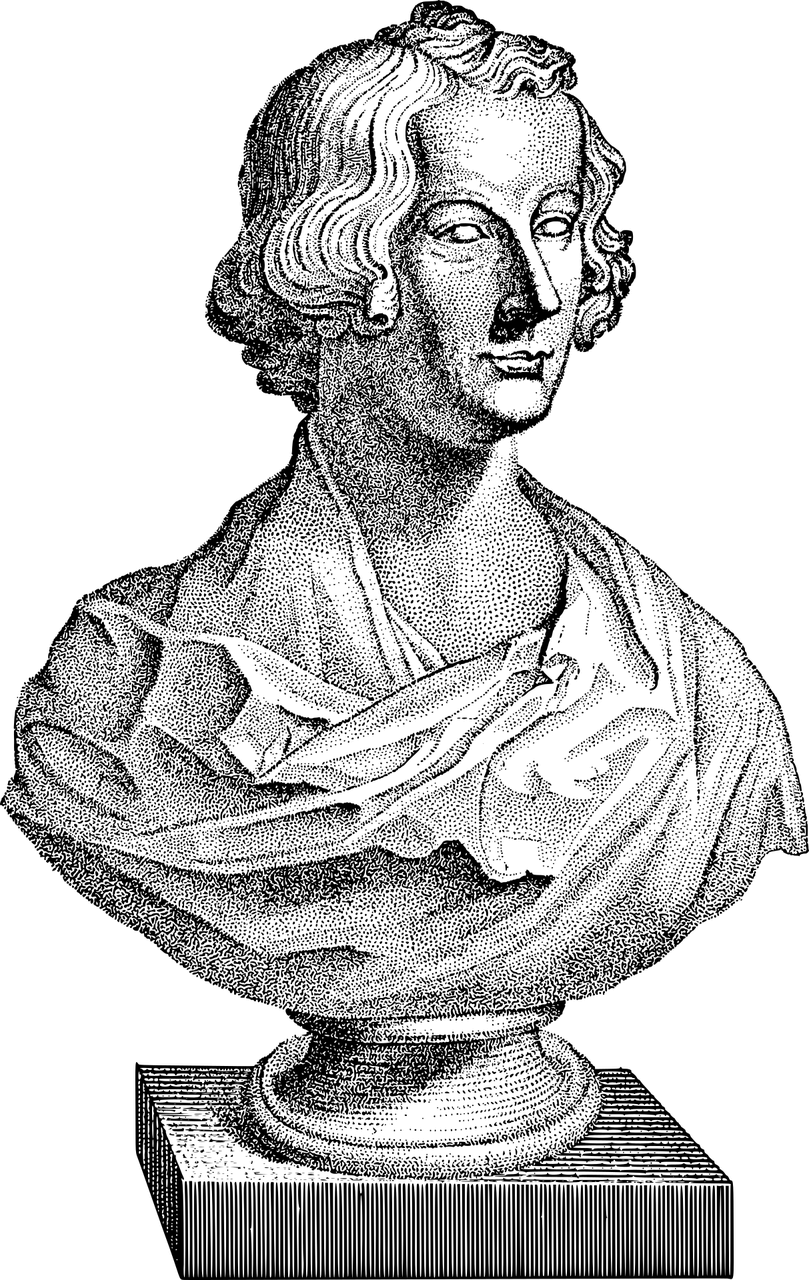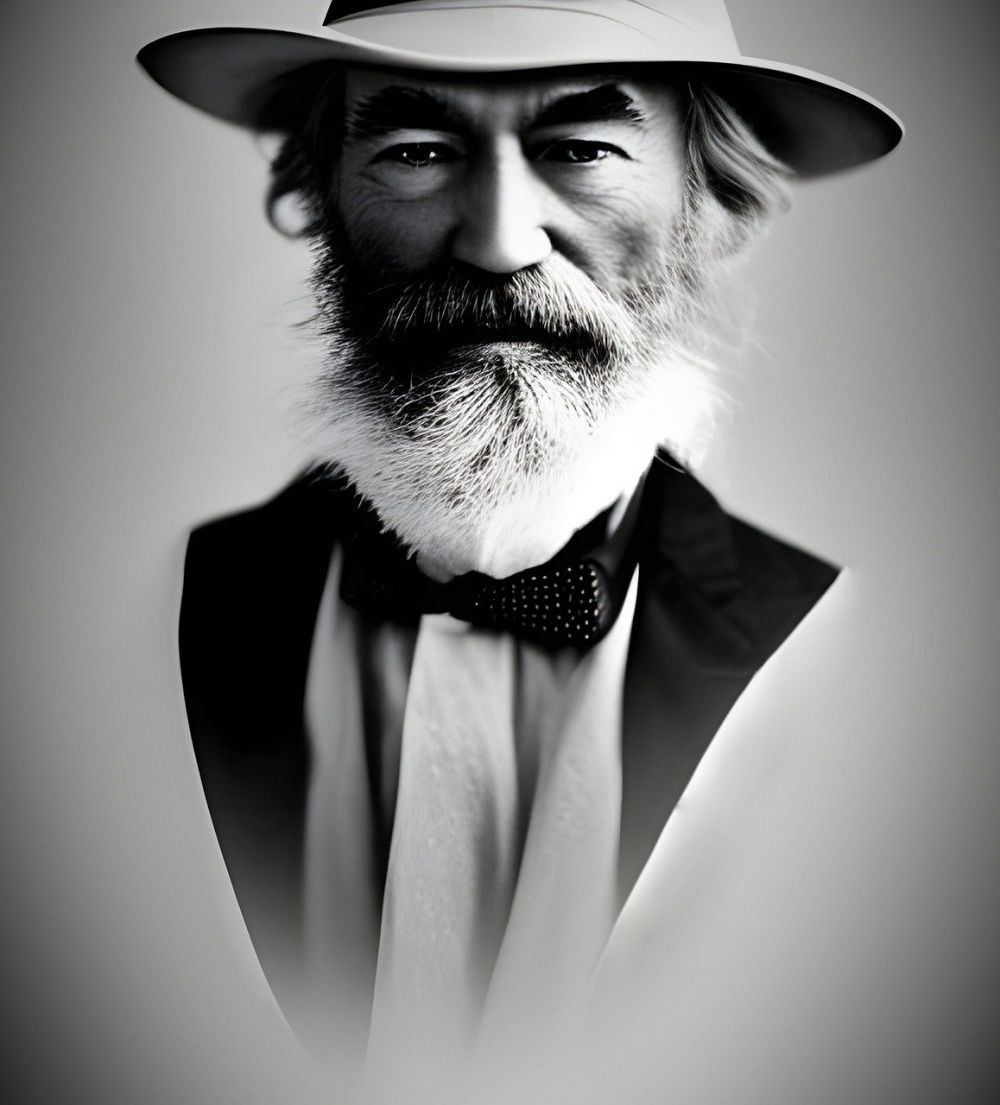Charles Dickens: An In-Depth Look into the Life and Works of a Literary Legend

Introduction:
Charles Dickens is a name that resonates with literature enthusiasts and captivates the hearts of readers around the globe. With his meticulously crafted characters, vivid storytelling, and social commentary, he remains one of the most celebrated authors of all time. In this article, we will delve into the life and works of Charles Dickens, providing key insights and shedding light on his significant contributions to the literary world.
1. Understanding Charles Dickens

:
1.1. Early Life and Influences: Charles Dickens was born on February 7, 1812, in Portsmouth, England. His childhood experiences, including his father’s financial struggles and his time spent working in a blacking factory, profoundly impacted his writing. These challenging experiences allowed him to develop empathy and a keen eye for social injustices.
1.2. Writing Style and Themes: Dickens’ writing style is characterized by vivid descriptions, memorable characters, and intricate plotlines. His works frequently explore themes of poverty, class struggles, and the hardships faced by the working class during the Victorian era. Through his engaging narratives, Dickens shed light on the societal issues of his time, emphasizing the importance of compassion and justice.
1.3. Notable Works: Dickens’ prolific literary career spans numerous works, including “Oliver Twist,” “A Tale of Two Cities,” “Great Expectations,” and “David Copperfield.” Each of these novels showcases his unparalleled ability to create captivating tales that resonate with readers of all generations.
2. The Evolution of Charles Dickens
:
2.1. Early Success and Literary Recognition: Dickens’ first novel, “The Pickwick Papers,” published in 1836, catapulted him to fame and established him as a prominent literary figure. Throughout the 1840s and beyond, he wrote a series of novels, all widely acclaimed for their engaging narratives and social critiques. These works solidified his position as one of the most influential writers of his time.
2.2. Serial Publication and Dickens’ Influence: Dickens pioneered the concept of serial publication, releasing his novels in installments, which allowed him to connect with a broader audience. His stories were eagerly anticipated, and readers would anxiously await the next installment. This innovative approach not only increased his popularity but also influenced the publishing industry at large.
2.3. Public Readings and Performances: In addition to his written works, Dickens also embarked on numerous public readings and theatrical performances, captivating audiences with his dramatic renditions of his own stories. These performances not only showcased his talents as a writer but also highlighted his versatility as a performer.
3. Featured Snippet Optimization:
To optimize this article for a featured snippet on Google search results, the text should be structured in a clear and concise manner. Here is a suggested structure, incorporating bullet points for enhanced readability:
1. Understanding Charles Dickens
– Early Life and Influences
– Writing Style and Themes
– Notable Works
2. The Evolution of Charles Dickens
– Early Success and Literary Recognition
– Serial Publication and Dickens’ Influence
– Public Readings and Performances
Conclusion:
Charles Dickens’ legacy continues to thrive centuries after his time. His ability to expose the injustices of his society while crafting compelling narratives is a testament to his literary genius. Dickens remains an inspiration for aspiring writers and a source of enjoyment for literature lovers worldwide. Through his works, he reminds us of the power of storytelling and the enduring impact of art.





